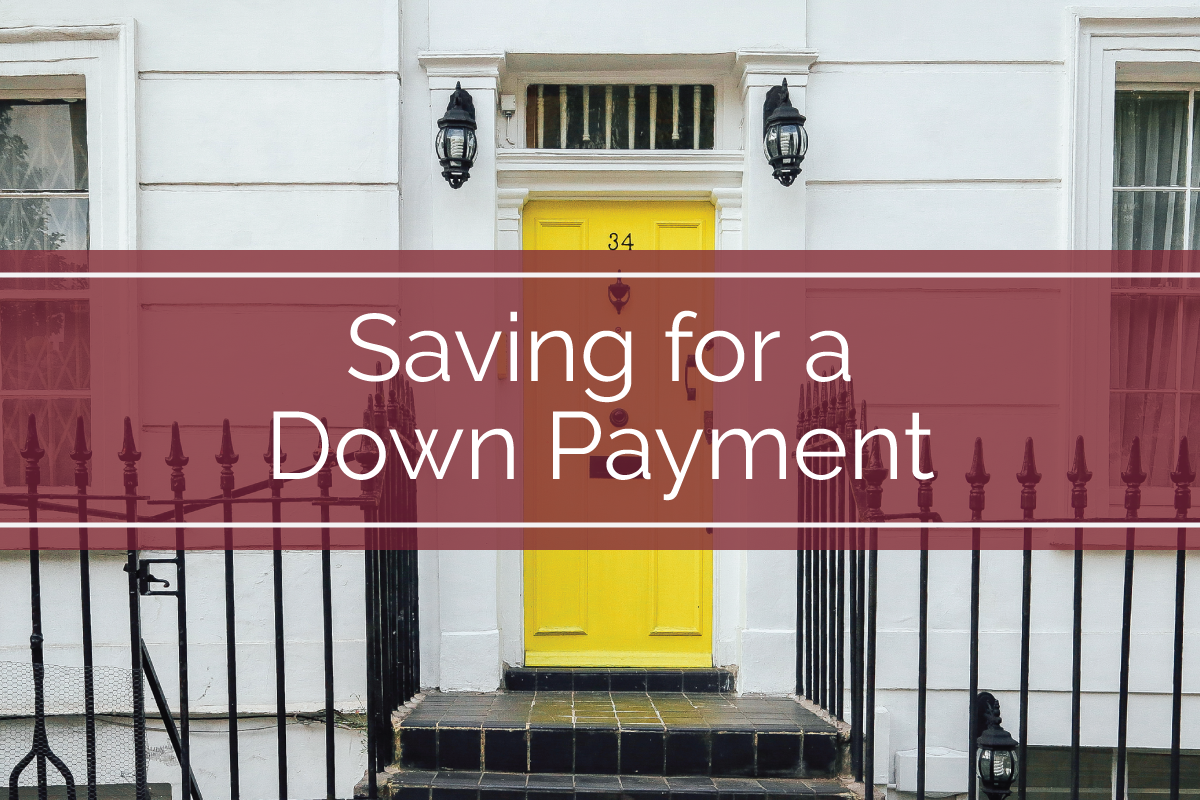
26 Sep Saving for a Down Payment
If you’re planning on buying a home in the next couple of years, chances are you’ve probably started thinking about how to save for a down payment. When you are preparing to make such a large purchase, it is important to understand what you can afford in real estate, what everything will cost, and how to prepare. We have some ways to help you start saving for the biggest single purchase you will most likely make, and how to go about it in the smartest way.
Research
First, you’ll need to find out how much you’ll need to save before you begin putting aside. The size of your down payment will determine your mortgage payment, your initial home equity and have a long-term effect on your finances. Make a plan to sit down with a mortgage lender who can help you figure out how much you can qualify for to help determine your down payment needed to purchase your new home.
Make a Time Frame
Obviously, the shorter your time frame is, the higher your yearly savings will have to be. If you plan on purchasing a home in five years, then be prepared for how much needs to be put away annually to reach your goal. Depending on the lender, the loan, and your finances, you’ll need to pay a minimum of 5% to 20% down of a home’s purchase. In general, it is best to put about 20% down. Once you know how much you can afford, it is time to start saving within a planned time frame!
Make a Change in Your Expenses
In reality, you will have to cut back on or completely eliminate certain activities and expenses. The best way is to start looking at what your necessities really are. “Necessities” are those things that are essential to life. The basics needed are: food, water, medical supplies and medicine, basic hygiene supplies, shelter, lights, heat and simple tools. What secondary necessities and luxuries can you cut out of your life? Transportation, new clothing, internet connection, certain appliances, cell phone plans or expensive cable plans could be some major places to start. Be honest with yourself and separate things you enjoy to have and things you really need.
Keep an Emergency Fund
Before you start saving for your down payment, make sure to stay consistent with an emergency fund. Think of it as preparation for new home ownership. You will have large expenses when you are moved into your new home, and there will still be other demands on your finances. Emergencies can still include medical expenses, car repairs, or a loss of employment. Make sure to keep your emergency fund intact, so you are financially prepared for any immediate demand. This should be worked into your budget, while you are saving for your down payment, and when you’ve purchased your new home as well. The financial hits don’t stop, even when you have hit your goal of occupying your new residence.
For additional help in saving for a down payment, opening a saving account, or to make an appointment with one of our financial advisors, please contact us at Bank of the Lowcountry. We are here to help!





No Comments